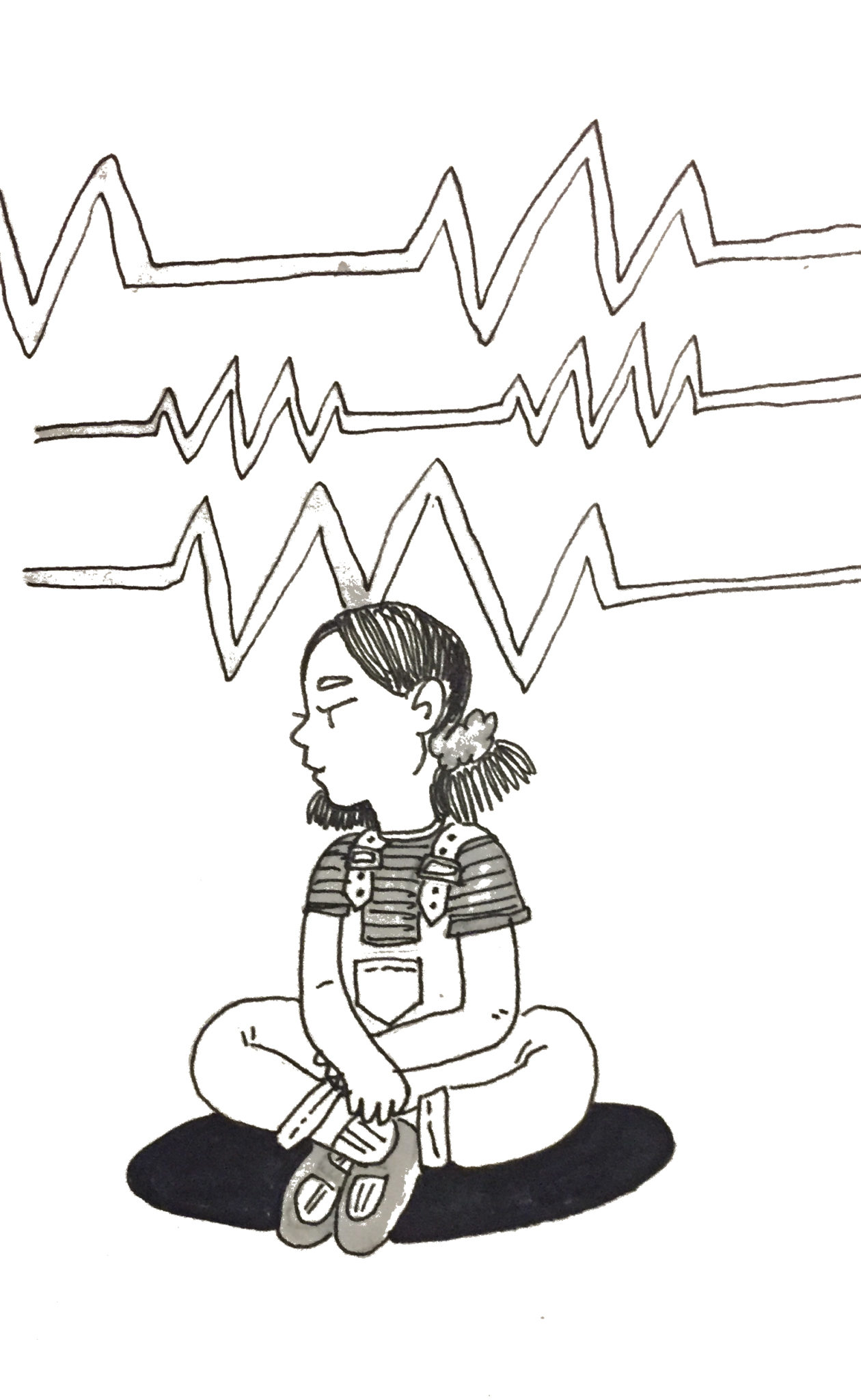
A recent Yale study successfully used brain responses to social stimuli to predict treatment outcome in children with autism.
Researchers at the Yale School of Medicine’s Child Study Center identified predictive neurobiomarkers in the brain regions related to social skills which can forecast which autistic children will respond best to a specific treatment. At this point, good predictive markers of treatment outcome for autistic children do not exist, so this study offers promising implications for more effective and personalized treatment for young children with autism. The study was published in the journal Translational Psychology on Nov. 15.
“In the field … we are not able to predict which children will respond to outcome and which ones won’t in terms of outcome or matching children to a particular treatment until this study,” said Pamela Ventola, a professor at the Yale Child Study Center and senior author of the paper. “This study was the first one that was able to use information about the child before they started treatment in order to predict how they would respond to treatment.”
In the study, researchers scanned the brains of 20 different autistic children with an functional MRI while the children watched videos of social scenes, giving researchers information about which regions of the brain were responding to social stimuli. Other baseline measures such as IQ, language skills and social skills were also recorded for each child through various tests pre-treatment. The children then participated in a 16-week trial of Pivotal Response Treatment, a social skill development-focused behavioral intervention. The treatment outcome was then measured through the difference in a parent report measure of social functioning, or the Social Responsiveness Scale, pre- and post-treatment.
According to the study’s findings, only the brain scans from the fMRI were able to predict treatment outcome and no correlations between outcome and any of the other baseline measures were found.
Daniel Yang, lead author of the study and research professor of pediatrics at the George Washington University School of Medicine and Health Sciences, noted that this study is a step in the right direction for “precision individualized medicine” and treatment for children with autism.
Ventola also emphasized the need for individualized treatment for children with autism because of the great amount of “heterogeneities” — or differences in characteristics in study participants. According to Ventola, although all these children have autism, they are all different from each other on the brain levels and thus require different treatments.
“A lot of children and families put in a lot of resources towards treatments that end up not working very well,” said Ventola. “Our long-term goal is to see if we can develop some personalized medicine or precision medicine where we can evaluate a child and match them with a particular treatment that we think will work for them based on their specific characteristics.”
Jacqueline Wynn, director of the Columbus Nationwide Children’s Center for Autism Spectrum Disorders and clinical professor at the Ohio State University College of Medicine, who was unaffiliated with the study, described the results of the study as “groundbreaking” for autism treatment, since she knows firsthand how difficult it can be to predict which child is going to benefit the most from a certain intervention using normal data collection. She acknowledged that the concept of sending children through an fMRI pre-treatment would be far too difficult and expensive to realistically implement, but she believes that treatment outcome predictions based on neural function could potentially be used to find other more cost-effective predictive methods or tests.
However, Wynn did note that the use of parental responses with the SRS to measure the effectiveness of the intervention created a bias in the data, which she sees as a limitation in many similar behavioral studies with autistic children.
“To evaluate effectiveness of treatment simply through parent reports is less robust than it could be, so to have a more objective blind assessor looking at the child’s social function pre and post treatment would be a stronger source of data to really understand the outcome of the intervention,” said Wynn.
Wynn also expressed concern about the study’s small sample size, but Ventola said that the next step in research was to try to replicate the study’s findings with a larger sample size, which she believes is necessary in order to start using fMRI as a functional tool for treatment outcome predictions.
According to AutismSpeaks, autism affects one in 68 children.







